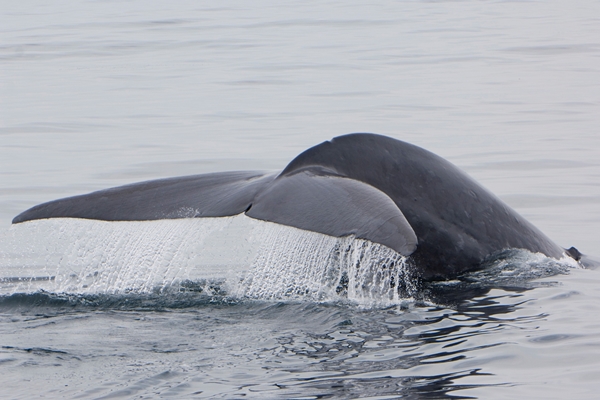Safeguarding marine life in the Barents Sea
Supporting environmentally sustainable exploration activities in the Artic
Ecosystem-based management of human activities is very much dependent on two things: knowing the distribution of the marine species and understanding how these human activities may affect them.
Yet, in many cases, this information is not readily available for animals that are free-ranging, such as seabirds and marine mammals. This uncertainty makes it difficult for the oil and gas industry to plan their activities in an environmentally sound manner.
Development of a software tool to describe movement patterns
DHI is involved in a project to develop a new software tool – MARAMBS – to make things easier. Using a combination of advanced habitat and agent-based modelling, the MARAMBS model will shed light on:
- the movement and presence of relevant marine species in the Barents Sea
- how they react to oil spills and underwater noise

Understanding the movement patterns of marine life can help the oil and gas industry plan their exploration activities. © iStock / jgroup
This increased knowledge can be used to contribute to environmentally sustainable exploration and production activities in the Barents Sea and is thus anchored in national strategies and other framework directives (EU) for the protection of the Arctic.
Learn more
Go on over to the MARAMBS website to know more about this project.
Contact us
Think our solution could benefit you? Get in touch.
Read more